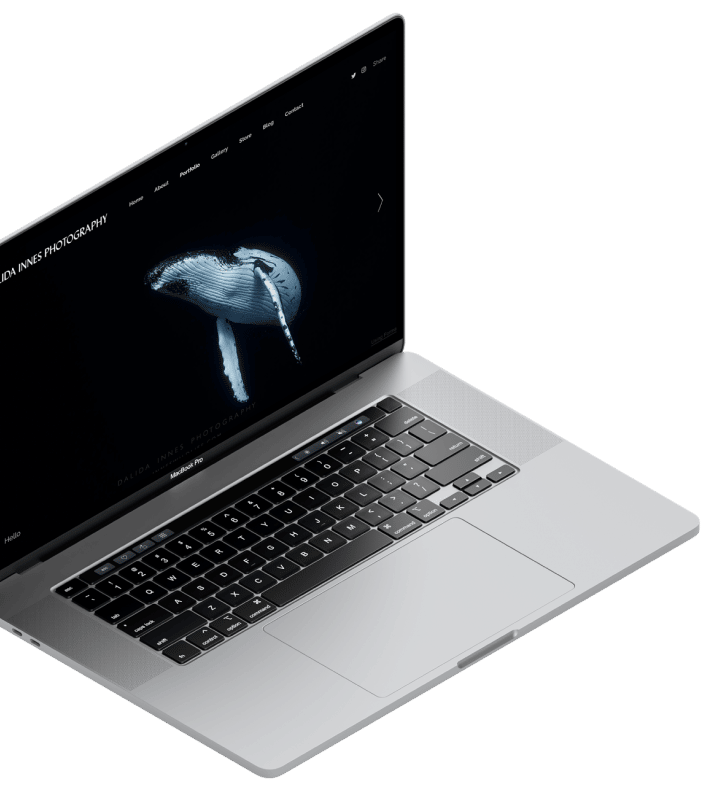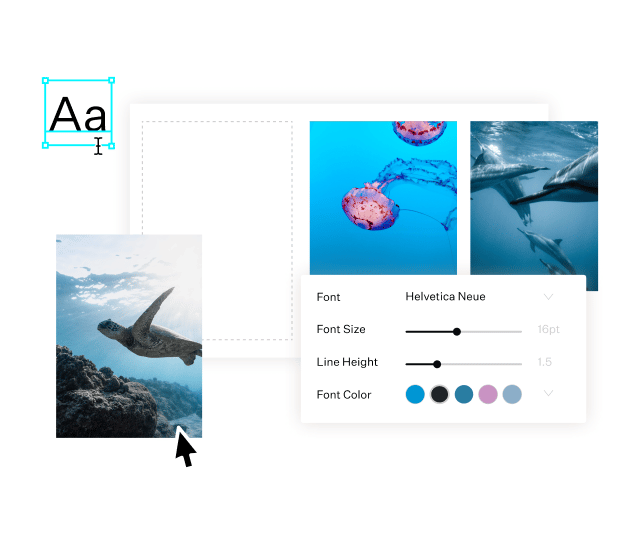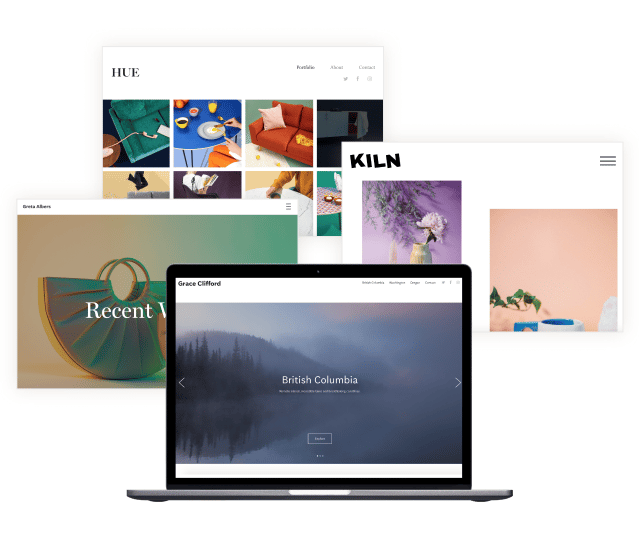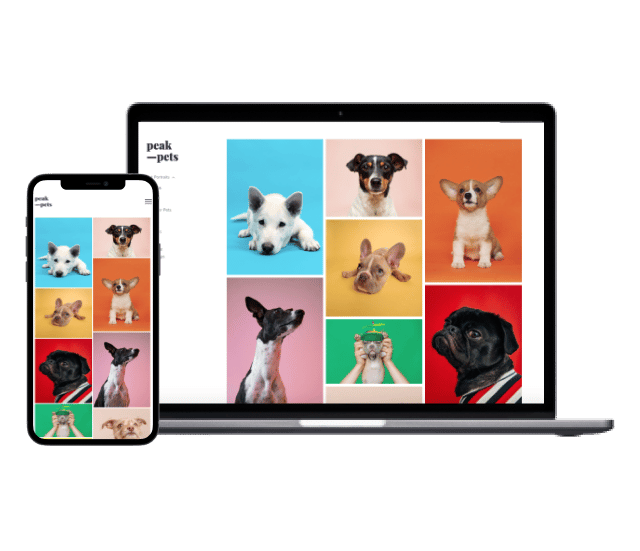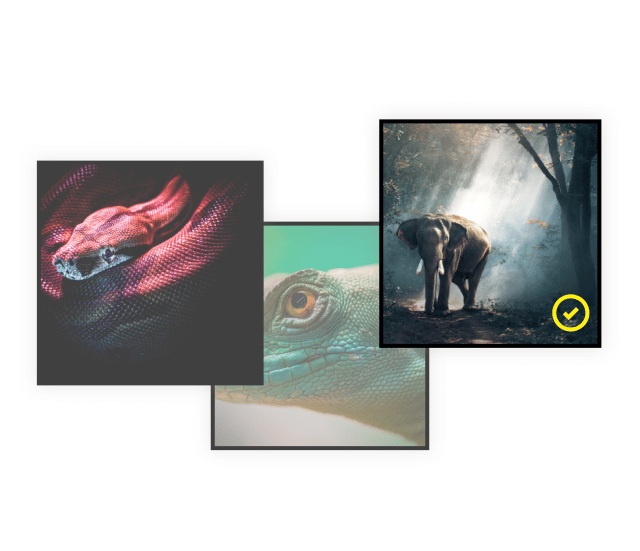
How To Get Started in Wildlife Photography
Before we start building a website that shows off your skills and attracts clients, we need to make sure a few key components of your wildlife photography business have been addressed.
While almost all photography niches require specific skills and qualifications in order to thrive in the field, wildlife photography is particularly sensitive to unique skills and qualifications, so before going any further with your website, let’s make sure we’re all on the same page about what is required of a wildlife photographer.
- Understand your subject – Photographing wildlife requires you to understand the behavior of your subject, especially when you’re taking photos of unpredictable wildlife and animals. The way you photograph a snake in the wild versus a bird in the tree can be very different. Make sure you understand how you can capture them from afar and without disturbing their environment.
- Learn more about their environment – Depending on your subject matter, you’ll need to do research and understand how to capture them in their natural habitat. If you’re taking images of the wildlife in the forest, you’ll need to map out the area. If you’re taking underwater images, you will also need to understand how to shoot properly because of waves, the weather, and other elements that could affect your shot.
- Have the right equipment – Make sure you have the right equipment to capture your subject. Whether you’re capturing them underwater or on land, you will need to get the right lenses and protective gear to ensure your camera doesn’t get damaged. When capturing wildlife, it’s important to get a high-quality wildlife lens that can are able to capture sharp images, focus fast, and have a large focal length.
- Be patient and attentive – Animals are unpredictable. Wildlife tends to move around and hide in dark, hidden areas. You may need to find a spot and stay there for a long period of time, as you could alert the wildlife and cause them to hide. Be patient and stay attentive to their every moment so you can capture them as soon as they come out of hiding.
- Capture and curate your best shots – Take photographs whenever you have the opportunity to capture wildlife. Create a gallery of all the wildlife you have captured. If you travel to other countries, take the opportunity to capture some of the wildlife there to build your portfolio.
- Create a website – Once you’ve acquired enough images and experience, create an online portfolio website for your wildlife photography. Showcase your work and the different wildlife you’ve captured and start marketing your business with it.
